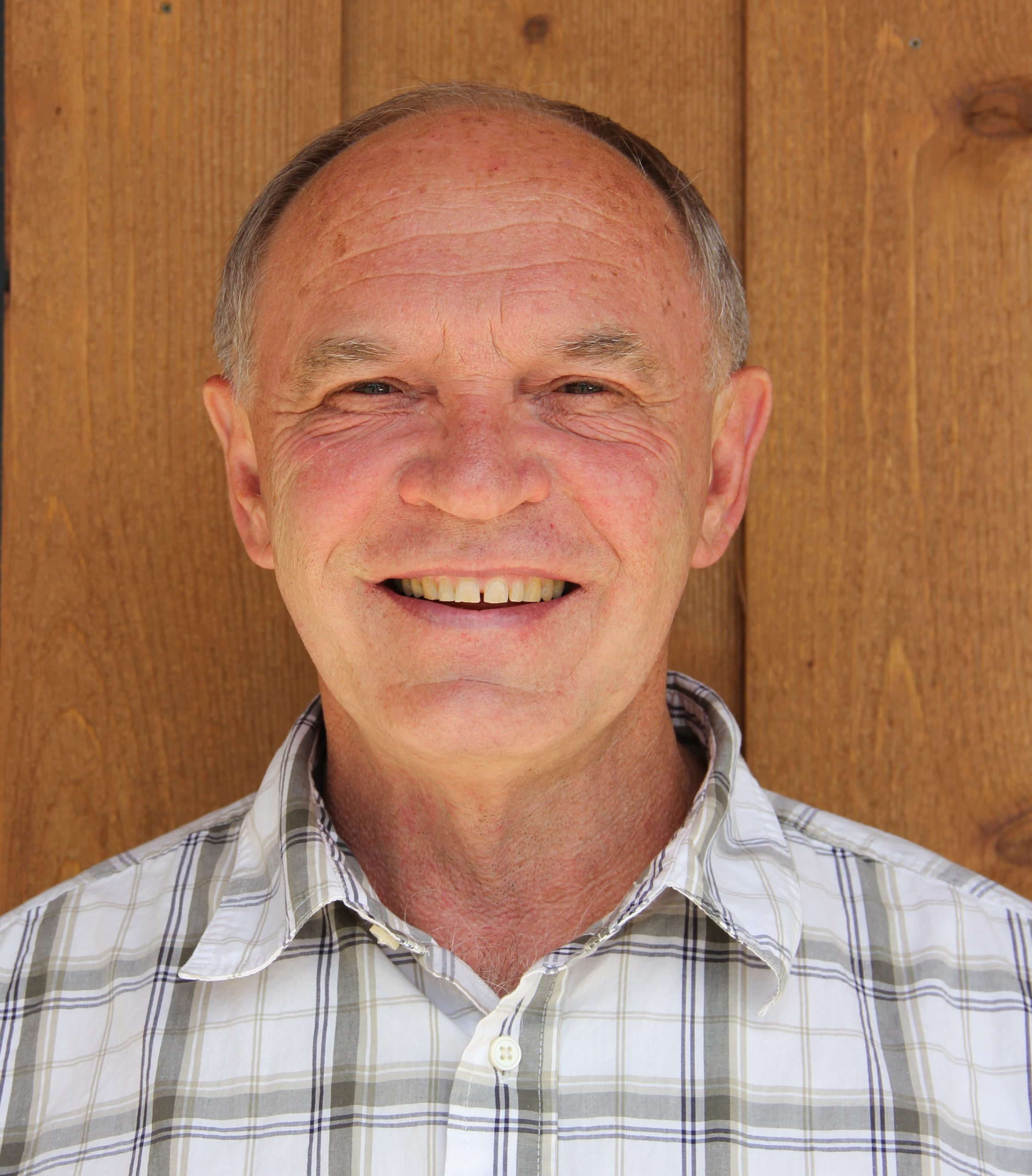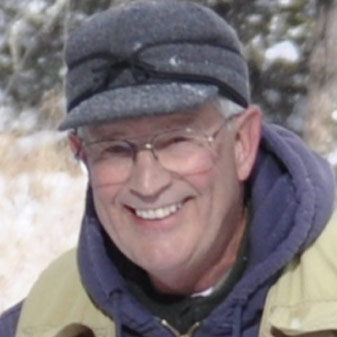In his book The Vital Few, Jonathan Hughes (1986) describes the entrepreneurs of the late nineteenth and early twentieth centuries who unleashed America’s industrial power. Names like Rockefeller, Vanderbilt, Carnegie, Ford, and Morgan lead the cast of characters. In some cases these “vital few” invented new products or production techniques, but mostly they amassed capital, contracted with other input owners, and developed marketing strategies that lowered the cost of products and increased profits.
Enviro-capitalists are among the “vital few” as well. They are entrepreneurs using business tools to preserve open space, develop wildlife habitat, save endangered species, and generally improve environmental quality. To meet the growing demand for recreational and environmental amenities, enviro-capitalists invent new products, attract venture capital, contract with resource owners, and market their products.
One environmental success story comes from a small town in Montana.
In 1987, Glendive, an agricultural community of 7,000 people in eastern Montana, was feeling the effects of a persistent drought and low agricultural prices. Businesses along Main Street were struggling to survive, the tax base was shrinking, and a growing backlog of community projects needed funding. Michael Carlson, president of the Glendive Chamber of Commerce, recalls: “I was depressed by what was happening in Glendive. I was looking for something positive.”
Joseph Frank Crisafulli, a successful local entrepreneur in the sprinkler irrigation business, found that something – paddlefish eggs. Crisafulli knew that many people came to Glendive each spring to fish the lower Yellowstone River for paddlefish, a large prehistoric fish with a long, paddle-like snout. Anglers prize the fish for their delicious white meat and their size; they grow to five feet in length and weigh as much as 120 pounds. But the Montana anglers couldn’t care less about their roe. Several tons of the eggs were being tossed on the banks of the Yellowstone as the fish were cleaned, attracting flies and rodents.
Crisafulli knew that paddlefish eggs are the main source of American caviar, which sells in exclusive New York stores for between $80 and $200 per pound. Connoisseurs of the paddlefish caviar say it is comparable to Russian sevruga, the least expensive Russian caviar from sturgeon in the Caspian Sea. Crisafulli saw paddlefish caviar from Montana as the answer to Glendive’s woes.
His idea motivated civic-minded leaders such as Kathy Jackson, executive director of the Glendive Chamber of Commerce, to turn the rotting eggs into a profit. Because most fishers hated the job of cleaning their catch, they were paying locals $10 per fish to get it done. The chamber of commerce offered to clean paddlefish for free in return for the paddlefish eggs.
The chamber of commerce had to convince state wildlife officials, and, ultimately, the state legislature to make an exception to a state law prohibiting the sale of wild game products. They had to demonstrate that allowing the chamber of commerce to sell paddlefish eggs donated by sport fishermen posed no threat to paddlefish populations. Wildlife officials were cautious because paddlefish populations in North America began declining in the early 1980s, due to habitat loss, pollution, and overfishing. Although the species still exists in twenty-two states, in several southern states remnants remain where populations were once abundant.
On March 3, 1989, Governor Stevens signed a bill making it legal for Glendive’s caviar operation to sell paddlefish eggs for the purpose of funding community projects. Included in the legislation was a requirement, happily agreed to by the Glendive chamber, that half the net proceeds from egg sales be returned to the state for paddlefish research and management.
Assuming that the 1996 estimate of $200,000 holds, the project will have grossed nearly $1,060,000 from caviar sales after seven years of operation. Of that amount, the project has given $220,000 in grants to 117 community projects in twelve eastern Montana counties for cultural, historical, and recreational projects. In addition, it has given $260,000 to the Montana Department of Fish, Wildlife, and Parks for paddlefish research and management. The paddlefish entrepreneurs have transformed waste into wealth in more ways than one. Not bad for a small cowboy town in eastern Montana.
Peter S. O’Neill of Boise, Idaho, recognized the growing demand for natural amenities in an urban setting and responded by building communities for people as well as fish. His housing developments offer free-flowing trout streams, lush streamside vegetation, and biologically diverse lakes and wetlands.
One of O’Neill’s early projects was River Run, a 650-unit residential development in Boise that spans 120 acres along the Boise River. River Run’s single-family homes, condominiums, and custom homes were built to blend into the natural surroundings of the Boise River. The property’s natural amenities were enhanced by construction of a seven-acre lake called Heron Lake and by several free-flowing streams.
But O’Neill was not satisfied with these efforts. An unsightly half-mile flood-relief channel paralleled the northern border of the development and the Boise River. The channel was designed and built by the Army Corps of Engineers for flood control, not beauty. The straight, cobble-lined channel through which water flowed during high water dried up during low water, and in O’Neill’s words “looked like hell.”
To transform this ugly flood-controlled channel into a year-round trout stream that would feed trout into the Boise River, O’Neill needed water – ten cubic feet per second from the Boise River to ensure continuous flow in the channel. By his calculations that was less than 6 percent of the existing flow.
The Boise River is a clear, cold river that offers a multitude of wildlife habitats along its shores, as well as numerous recreational opportunities for residents. The water quality is good, and the river provides an opportunity to catch rainbow and brown trout within city limits, much to the delight of local fishermen. But the river lacked the small gravel beds and clear flowing, well-oxygenated water necessary for trout spawning habitat, largely because the natural flow of the Boise was regulated by Lucky Peak Dam, eight miles upstream from River Run. The spawning beds that existed before the dam was built had long since been washed downstream or been silted over.
In the fall of 1982, O’Neill applied for a water right to divert the ten cubic feet per second from the Boise River into the flood control channel. At the suggestion of the state fish and game department, he contacted Timberline Reclamation, Inc. (later renamed Inter-Fluve, Inc.), a Bozeman, Montana, scientific and engineering firm nationally recognized for rehabilitating trout streams.
Timberline concluded that the channel could be turned into a productive stream. The company also recommended modifications to Lake Heron and the other waterways in the River Run development. At a cost of $30,000 for modifying the flood control channel, the investment was substantial, but O’Neill decided to push ahead.
Before he could break any ground, he had to overcome regulatory hurdles on several levels. He needed approval from the Idaho Department of Water Resources, the Boise Parks Department, the U.S. Bureau of Reclamation, and the U.S. Army Corps of Engineers. Fortunately, after O’Neill presented his new plan for using additional water to create trout habitat, Idaho wildlife officials became strong supporters of O’Neill’s project and eventually helped him get necessary approvals from the other agencies.
The project was carried out in various stages between 1984 and 1989. Once the natural system began to mature, the amenities became more visible, and the trout began to flourish. According to state biologist Scott Grunder, “It’s obvious that trout are thriving in the channel now.”
Since completing River Run, O’Neill has developed four other projects and is working on a fifth in McCall, Idaho. Each of the projects has his signature – beautiful natural surroundings and enhanced habitat for fish and wildlife.
These stories are only two from dozens detailed in Enviro-Capitalists. For example, a trip back in time challenges the notion that only a few unselfish conservationists recognized environmental values in the late nineteenth century. To the contrary, some of the same robber barons who dominate the history of railroading, ranching, and logging were also “barons of preservation,” recognizing that profits could be made from preserving environmental amenities at the turn of the century. “Mavericks of conservation” defied the standard environmental stereotype that only government can protect amenities and were spurred by a desire to preserve them through the use of markets and private ownership.
Market hunters in the early twentieth century drove some species to extinction or near extinction because they only owned dead animals. In contrast, engaging in the “business of Bambi,” modern entrepreneurs see markets as a tool to turn wildlife into assets and profits into more wildlife. “Buying that fish a drink” is the way aquatic entrepreneurs such as Zach Willey and Andrew Purkey are moving water from irrigation back into streams, thus restoring fish habitat. A growing demand to live with nature while retaining all the comforts of home has created a niche in the housing market, especially in the West. Following the lead of Peter O’Neill, “eco-developers” are filling that niche.
Enviro-capitalists are not just found in the United States. Orri Vigfusson, who is helping the recovery of Atlantic salmon sport fisheries, joins a growing list of entrepreneurs who are “going global.” So does Lisa Conte, whose firm Shaman Pharmaceutical works with healers in native communities to discover medicinally valuable plants. As with the small town of Glendive, not all enviro-capitalists work in corporations. From the Fort Apache Indian Reservation in Arizona to native communal lands in Zimbabwe, the “community spirit” for environmental amenities is alive and well. All these stories are told in Enviro-Capitalists.
Unfortunately, enviro-capitalists can be frustrated by bureaucratic constraints, and bureaucrats charged with enhancing the environment often lack incentives to be entrepreneurs. “The good, the back, and the ugly” sides of our current political and legal institutions illustrate how we might get the right incentives in the political sector for enviro-capitalists to flourish.
In keeping with PERC’s mission of finding market solutions to environmental problems, Enviro-Capitalists catalogues concrete examples of entrepreneurs who contract with private property owners to improve environmental quality. While politicians fight over environmental policy in Washington and in state capitals, enviro-capitalists are working quietly and locally to solve environmental problems. We hope that this approach will be the wave of the future.
While politicians fight over environmental policy in Washington and in state capitals, enviro-capitalists are working quietly and locally to solve environmental problems. We hope that this approach will be the wave of the future.






